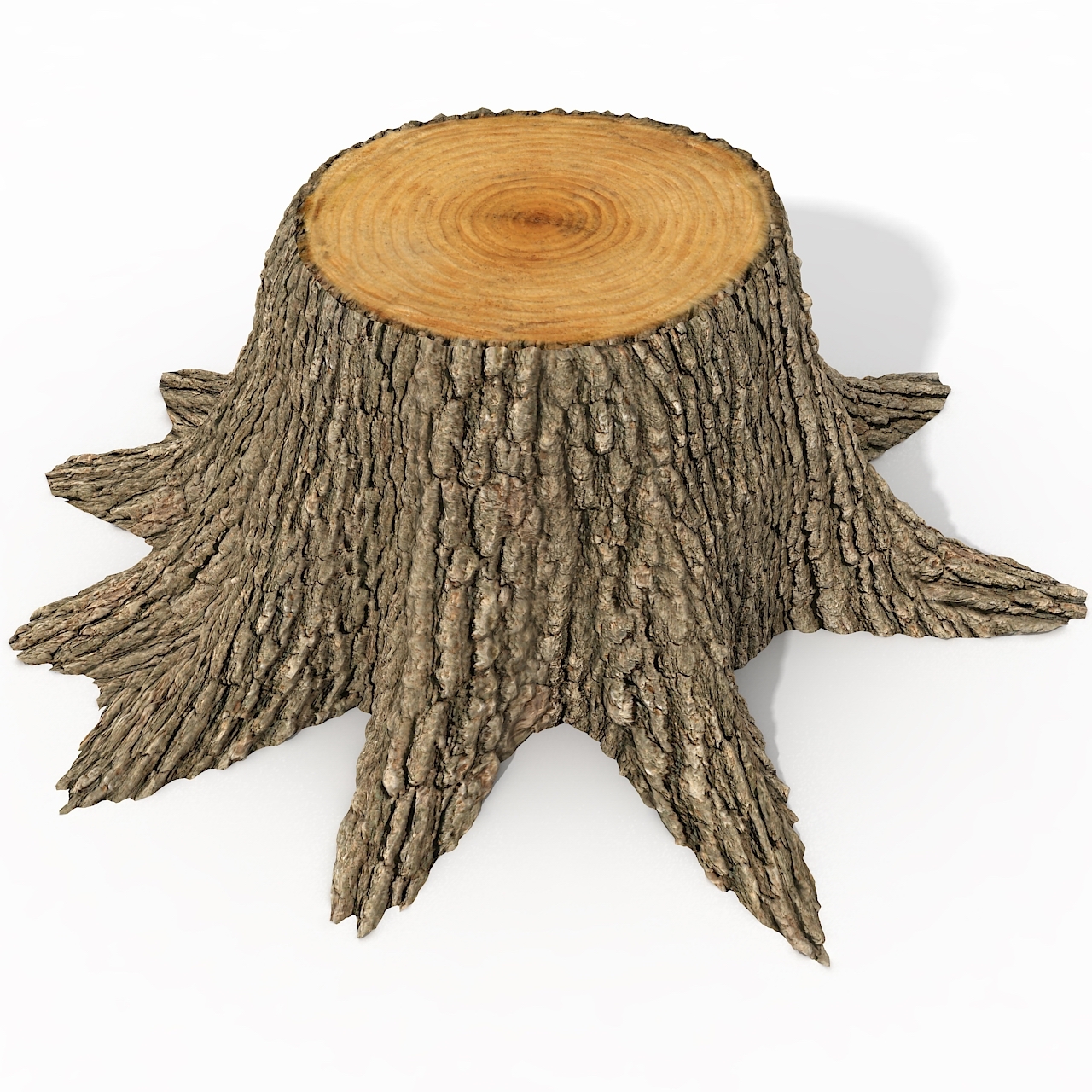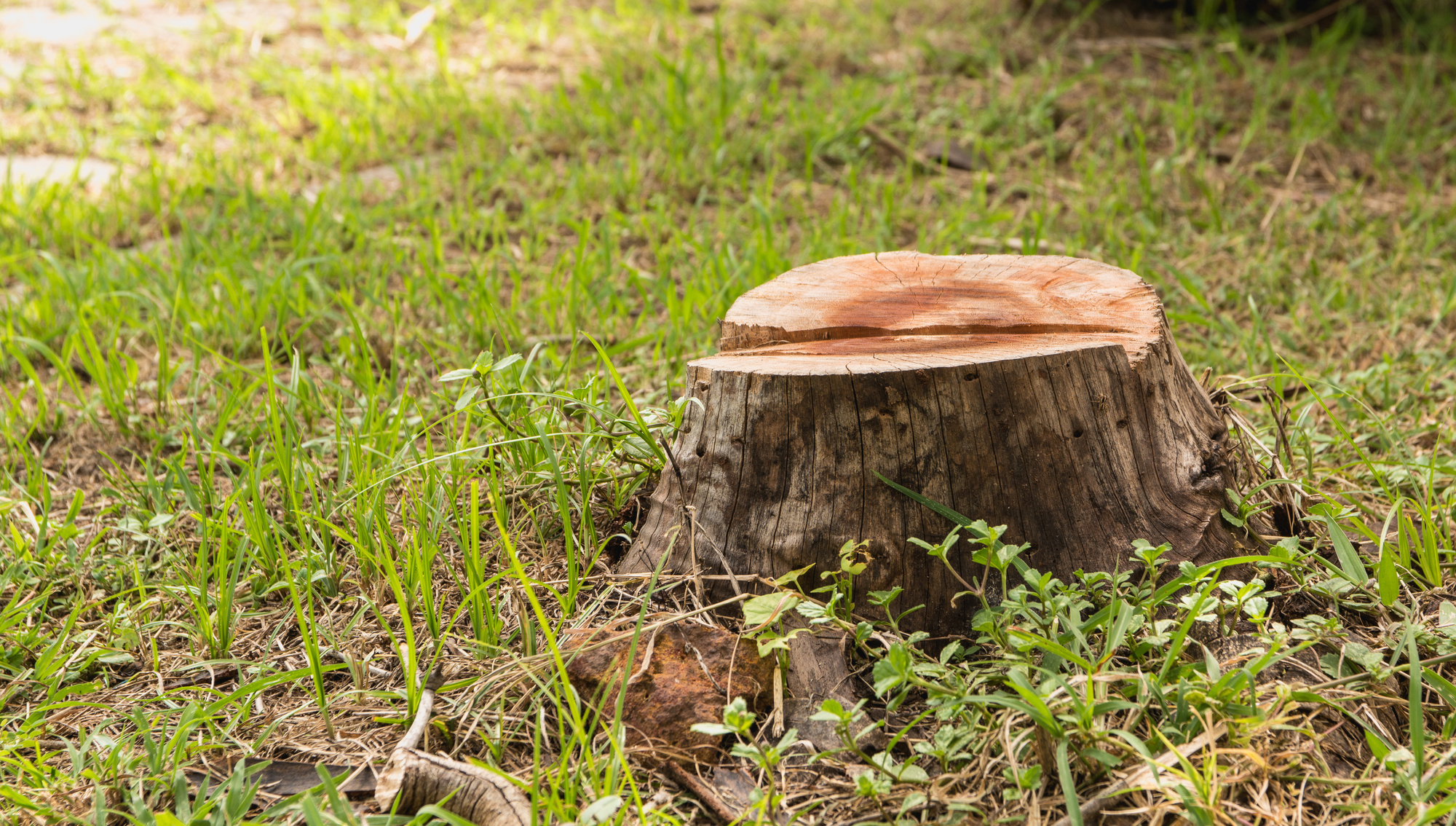Introduction
If you own a garden, the challenges of dealing with tree stumps is probably nothing new to you. Whether it is an old stump that came with the house that you bought, or the result of a bad storm, or a consequence of tree removal by yourself, the remaining stump requires you to make a decision – it either goes or stays. There are a number of ways you can perform the procedure of a tree stump removal – cut it down, grind it, or chemically remove it. However, if you do decide on a tree and stump removal and not have the area left unused for a few years, stump grinding is the best way to go – although it depends on the density of the stump, it works best if the stump us hard. Either way, you have a lot of choices that you can make with your tree stump that you uprooted.
Is A Tree Stump Removal Necessary?
According to tree care experts, removal of a tree stump is always more advised than keeping it.
- Not only are they sore for your eyes, but they can also be risky while mowing your garden, or children and pets playing there.
- More often than not, just cutting the tree does not actually kill it and the leftover roots breed new sprouts.
- After cutting a tree down, until all the tree roots are completely removed, no new plants can survive in the area, including grass. Even though a new tree does not grow at the spot, roots drain up all the nutrients and prevent any new plant form to grow at the space or anywhere near it.
- Most importantly, leaving a tree stump unpreserved leads to its natural decay, which attracts unwanted pests. These can be a big nuisance for the other plants in your garden as well as for your home.
Okay, Your Tree Stump Is Gone, Now What?
Alright, your stump is completely removed from the ground, but now there is a new problem. There is a big hole there – what to do with it? You can mourn the diseased and hence, now deceased tree, but that is not going to help you now. It is time to move on. So it is time to make good use of the space your beloved tree left for you. Here are some ideas you can take!
Use Up The Stump
There are a lot of practical ways you can use the stump that you removed, like chopping it off and using the remains as firewood. You can also find a number of DIY projects with a tree stump for decorating your room, for making jewellery out of them, and many more.
Reuse The Ground Tree Stump Remains
While performing tree and stump removal, the best way to do it is grinding it down. The advantage of this approach is that you are left with plenty of wood debris and mulch from inside the stump which you can reuse, unless of course, the wood and the root pieces are not infected by any disease. You can use this entire leftover as fertilizer for your next project. The biggest advantage of using this mulch as fertilizer is that it is completely organic, hence will cause no harm to your plants. Also, they are really good for preventing weeds and keeping off pests from walkways, flower beds, and other landscaped surfaces.
Things To Keep In Mind:
- Wood chips can bind up nitrogen in the soil, so you might have to add nitrogen to the mixture, or let the wood chips compost for a season or two until they have begun to break down and be useful as your fertilizer.
- Stump grinding leaves some parts of the roots underground which take years to decompose fully, so as stated earlier, removing the roots completely is essential.
- If you don’t really trust the quality of the wood in this remains, surely you should not use it as fertilizer. However, you can let it sit for a while in your compost heap which will help break down the fibres in the wood, adding volume and fluff to the compost. Thus once you are satisfied with the heap of the compost, you can use it to create soil for the garden. Then you can go on with planting new plants or utilize this new soil ground for animal pastures.
Fill Up The Hole
As mentioned earlier, the old stump site is terrible for a new tree, and so it is for grass. In order to have a true use of the area, you will need to fill it up with high-grade topsoil. When you drop the dirt in, make sure you pile it up a bit higher because anything new you are going to plant in the area is going to have some settling in to do. Give it a touch of liquid fertilizer before planting any seed to make it more productive.

Grass It Is
Plants need a lot of maintenance in general, and growing them in a user-space may not be a piece of cake. On the other hand, the grass is easy going and you can never have too much of a beautiful lawn. Having said that even laying grass over your stump site demands you to follow some prerequisites:
- Remove all wood chips, sawdust and debris entirely, or at least to a depth of two feet
- Replace the sawdust with topsoil that is similar to the surrounding soil
- Check the pH and soil nutrient levels and research the amounts of them for the type of grass you want to plant there. Undoubtedly, the most convenient and smart thing to do will be to plant grass you already have in your garden.
- Amend pH and nutrient deficiencies, if you find any.
Things To Keep In Mind:
- The remaining fibrous matter beneath a former stump site is beneficial to soil building, so keep that part.
- The newly added topsoil may settle after rains and leave a depression in the lawn, and you may need to remove the sod from time to time and add more topsoil to level the area. Repeat the process until the ground over the old stump is flush with the rest of the lawn.
- It is critical that you isolate the area where you planted your sod or grass seed, and not let any traffic over or near them until the grass babies come out.
Go Creative
A full tree and stump removal leaves you with an utter clean slate to redesign and redecorate your lawn your own way. A complete elimination of the tree stump may require a lot of effort, but you would have to do it only once – pulling the stump up, clearing out all the roots – never having to worry about any parts of it ever again. Even if you do not use this area to plant other trees or grass, you can make use of it in other ways. For example, a raised garden can be perfect for an area like this where a tree has been removed. To build a raised garden, all you need to do is stack a few layers of landscape timbers and fill it with good quality garden soil. You can even decorate the area by filling it with your choice of flowers, vegetables, or even rocks – whatever works for you. A raised garden not only replaces the void of the missing tree, it beautifies the garden – and best part, you can do whatever with it, so let your creative juices flow!
Upcycle It
If you do not want to go through all the trouble of eradicating the tree stump, there are plenty of ways you can upcycle it or manipulate it to decorate your garden. You can make a flower planter, add a container fountain, create a sitting area, or turn it into a birdbath. Alternatively, you can also redesign it in creative ways to bring some beautiful DIY projects alive. It’s your garden and your tree stump – do whatever you want with it!
Conclusion
Your garden is your dream. What you do with the extra tree stumps in it is entirely up to you. Do your homework and find out the best method to deal with them. Nonetheless, whatever you decide to do in the garden of yours, stays with you forever. So in any form of uncertainty, do not ever hesitate to consult professionals for tree and stump removal as well as stump grinding, and at the same time, guide you through the upcycling or recycling procedures you and your garden can sustain.



